Birds have quite a reputation for monogamy. We call a couple in love “lovebirds.” But what does this mean in the bird kingdom? How monogamous is monogamous for our feathered friends?
Keep reading this guide to learn about 11 monogamous birds and discover if birds mate for life cheat.
Contents
11 Monogamous Birds That Mate For Life
Let’s check out some monogamous birds.
1. Mute Swan
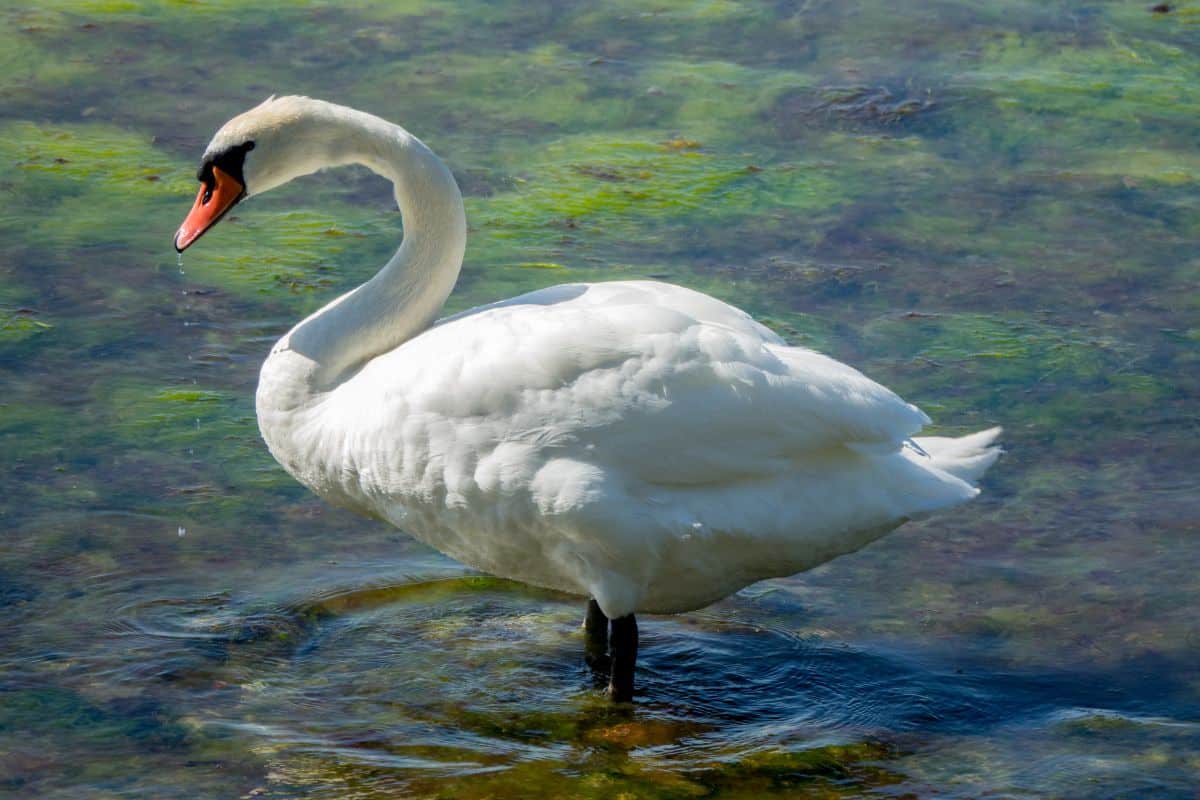
Mute swans are very territorial birds that mate for life. However, divorce does happen at a higher rate among couples that haven’t been able to breed successfully.
Mute swans will re-marry after the death of a partner. The female swan usually finds a new mate within a couple of weeks, while a male will wait until fall or winter.
2. Whooping Crane
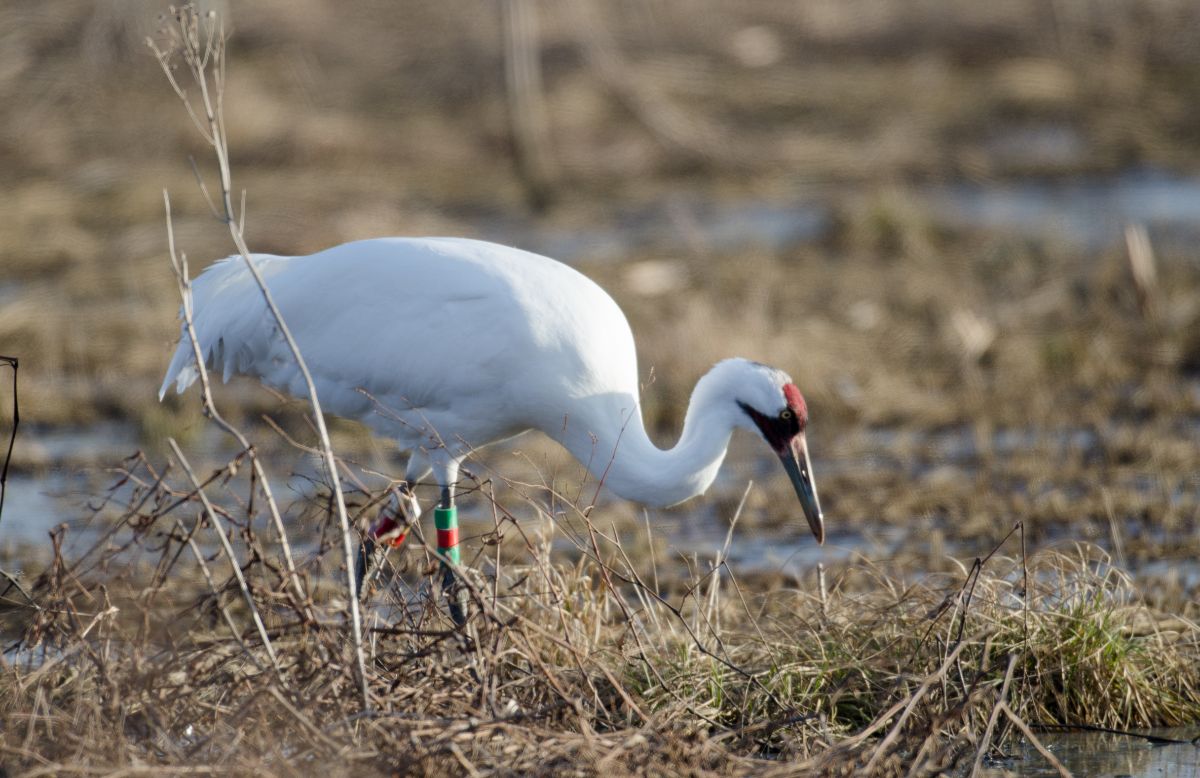
Its extremely long legs make the whooping crane the tallest bird in North America.
Male whooping cranes attract their lifelong mates with an elaborate dance of head bowing, wing flapping, leaping, and bouncing. They get together with their soul mates when they are two or three years old.
3. Black Vulture
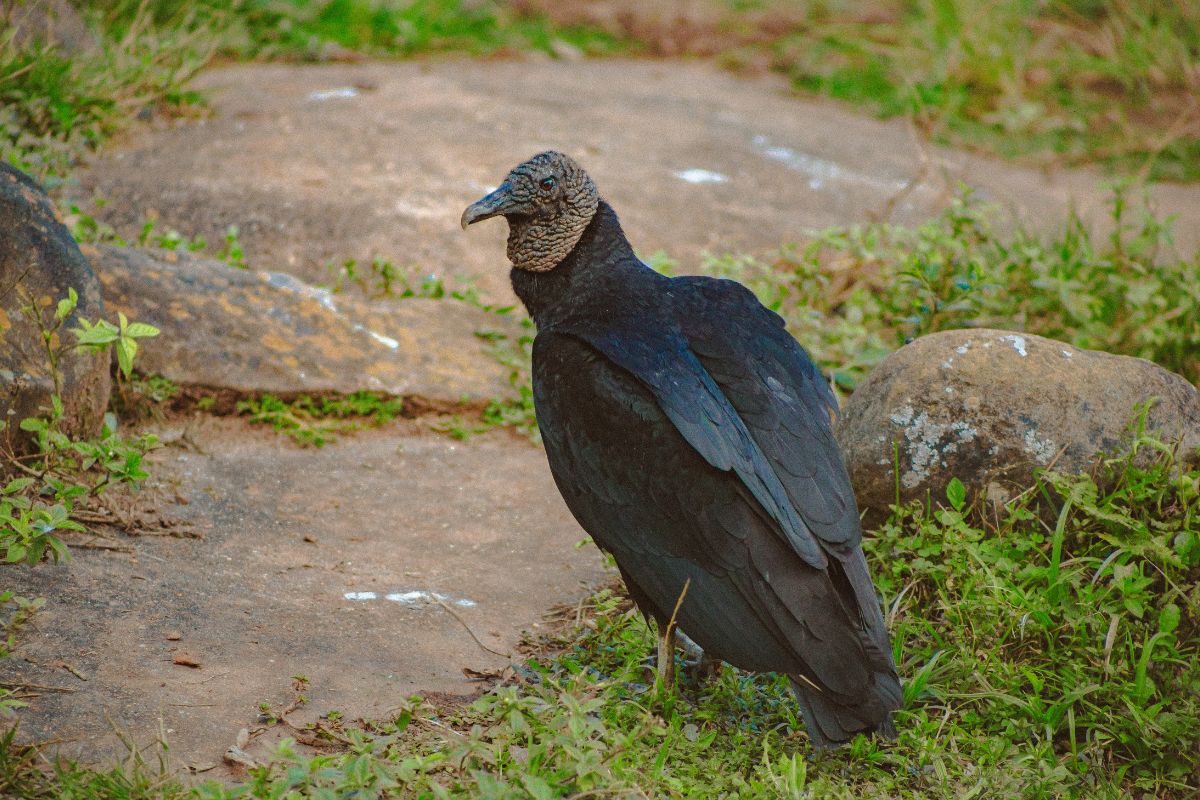
Instead of a nest, black vultures lay their eggs on the ground or in a hollow space.
When it sets its eyes on a potential mate, the male chases the female through the air, diving at her. They stay together for the rest of their lives, all year round, even outside the breeding season.
4. Atlantic Puffin
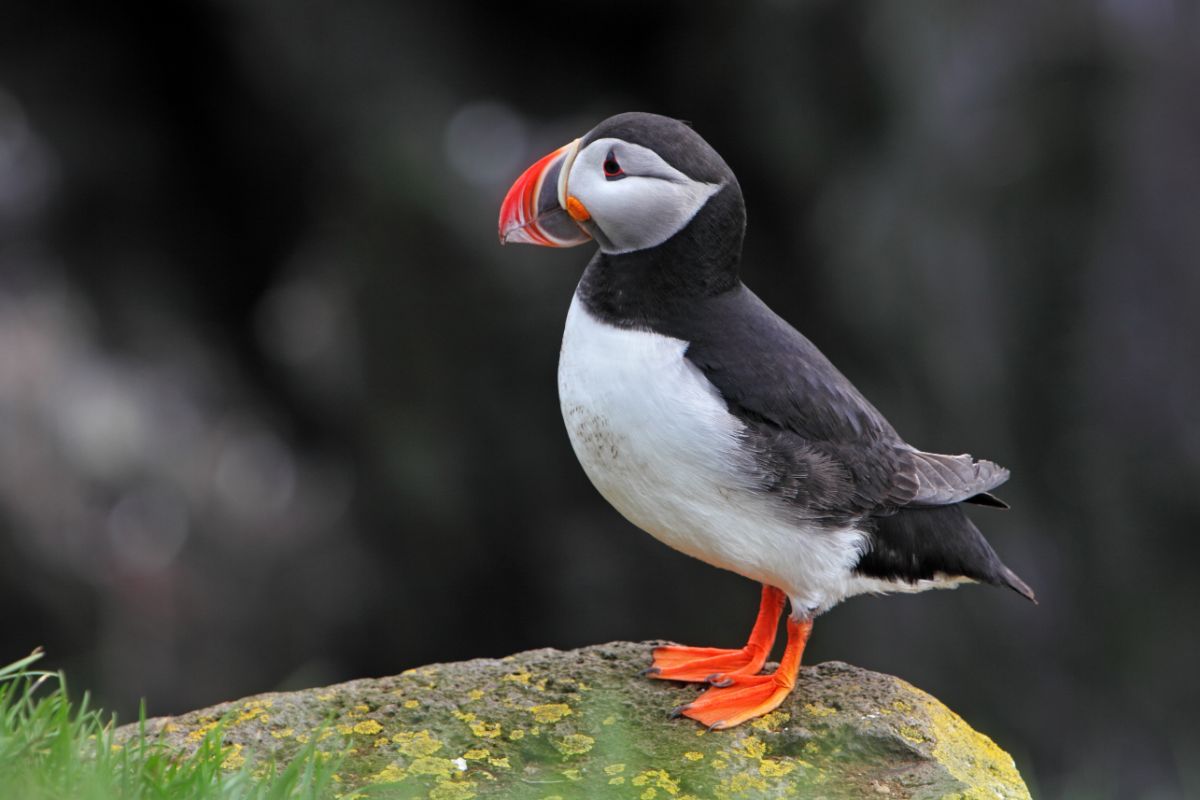
The Atlantic Puffin can fly up to 55 miles per hour with wings that can beat about 400 times a minute.
Atlantic Puffins are ready to breed between three and six years old. Mating for life, they return to the same burrow each mating season, where they share the parenting duties. They have an adorable behavior called billing, where they rub their beaks together.
5. Macaroni Penguin
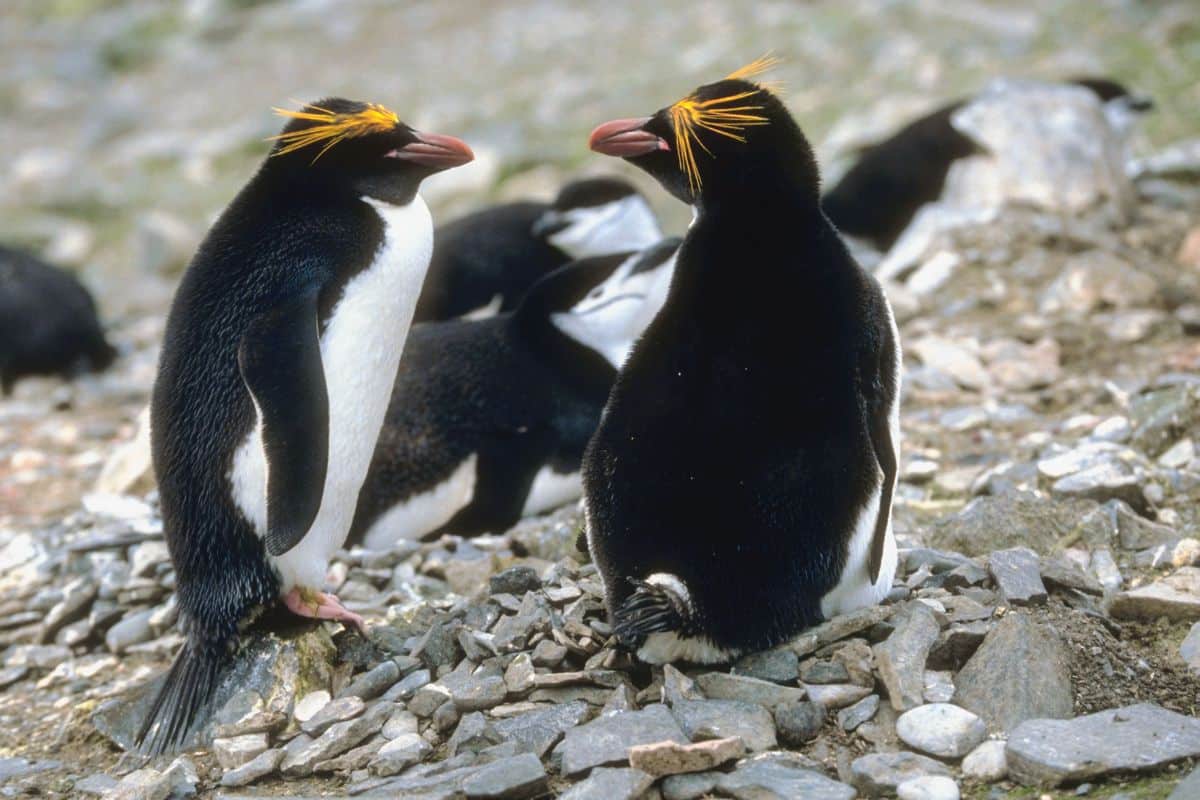
Macaroni penguins, like other penguins, form lifelong partnerships. During the breeding season, they form large colonies of mated pairs. Males arrive first to stake claim to their territory.
The females lay eggs on divots in the ground. Both parents incubate the egg, but after hatching, the males take care of the chicks for about three to four weeks while the females gather food.
6. Bald Eagle
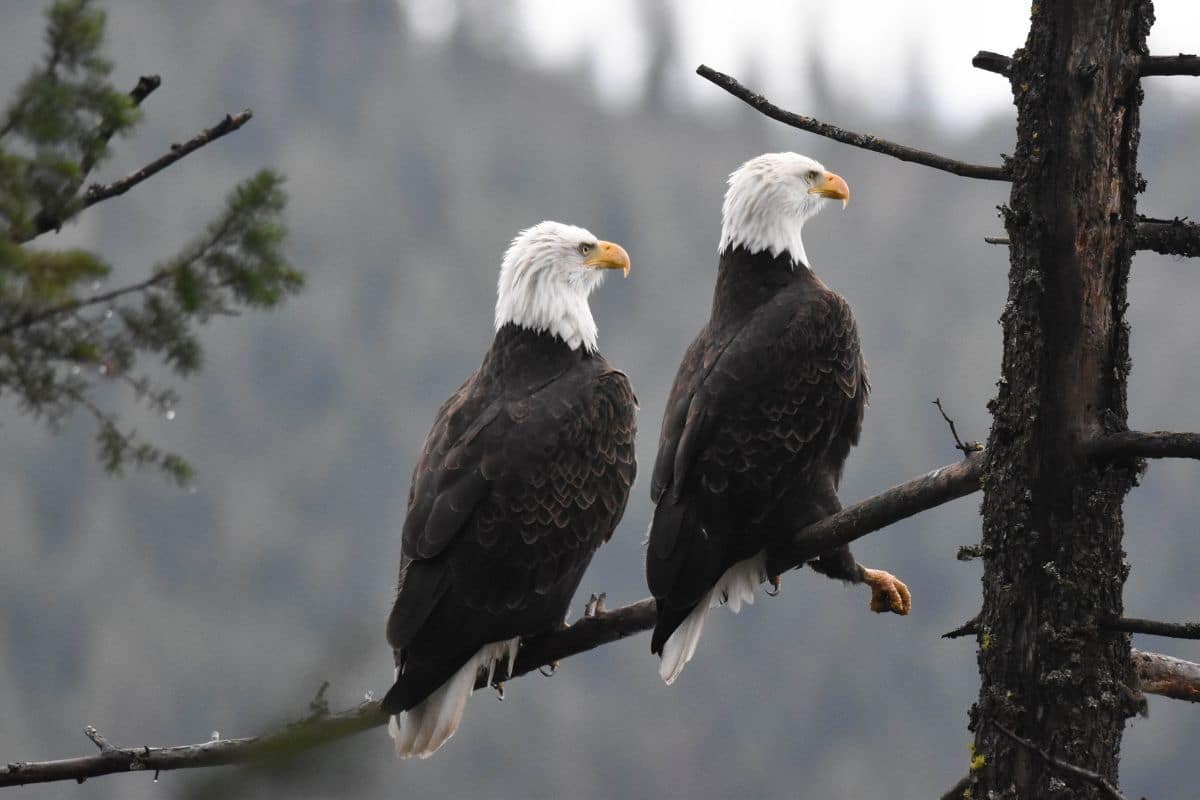
Bald eagles have some of the biggest nests in the bird kingdom, which befits them.
The bald eagle’s mating ritual involves a spectacle called the Cartwheel Display. The male and female eagle lock talons, spin, flip, and whirl in the air, coming apart just before they hit the ground.
Once mated, they remain partners for life. Widowed bald eagles will find a new mate.
7. Barn Owl
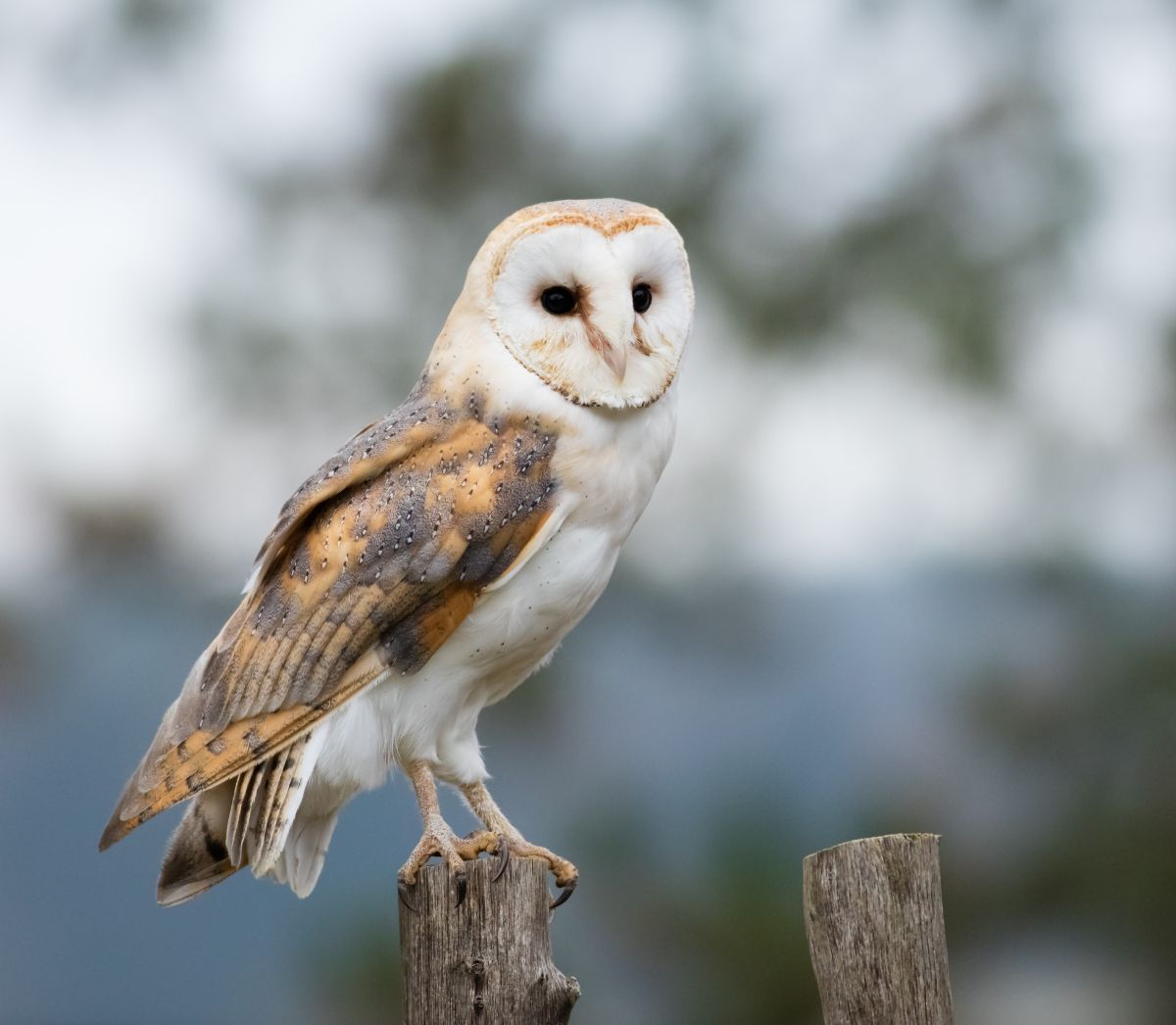
When competing for mates, male barn owls engage in display fights for the female’s attention. The winner will chase the female, and they will both make loud screeching sounds. The male will also bring the female gifts of dead mice.
They begin breeding at about one year old, and while they only breed once a year, it can be any time of year, provided they have enough food.
Barn owls mate for life. The lifespan of a barn owl is only two years.
8. Canada Geese
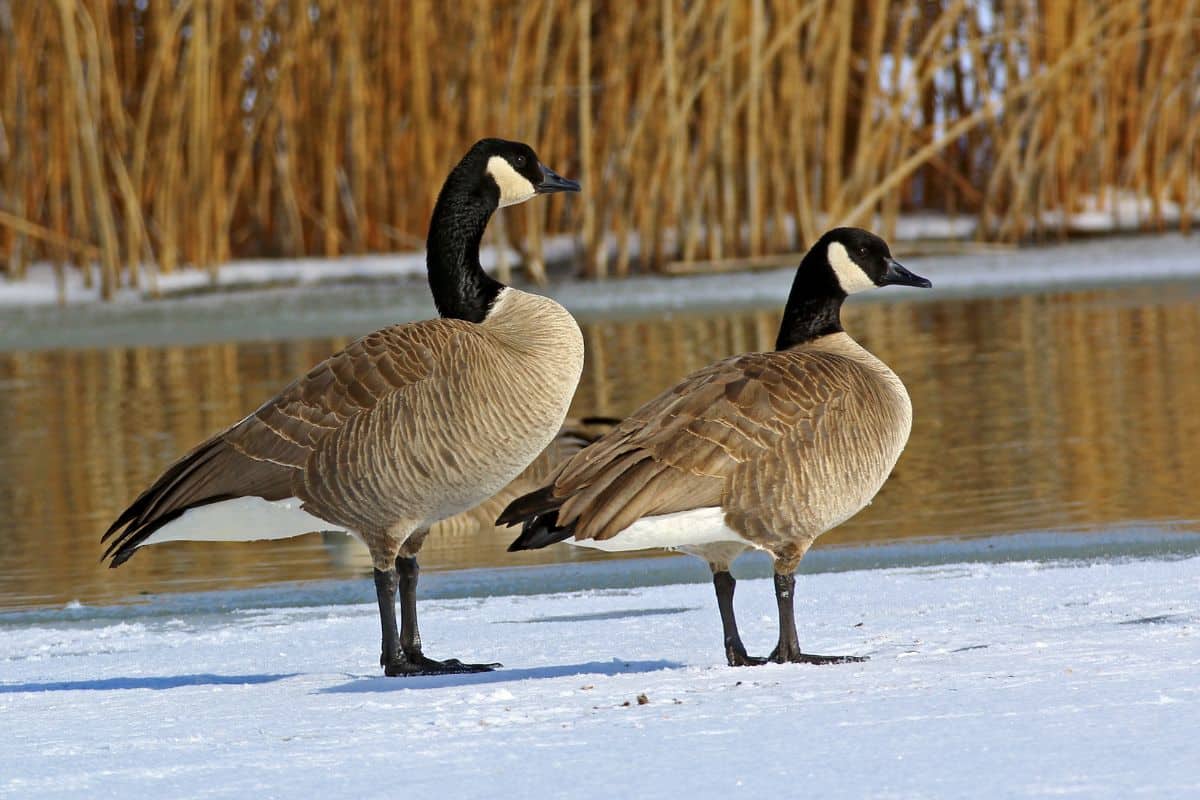
Canada geese find mates and begin breeding at about three years old. They mate for life. If one of the pair dies, the other will find another mate during that same breeding season.
Canada geese build their nests near water, and both the male and female watch over and defend it. They typically lay five eggs which all hatch at the same time.
9. Scarlet Macaw
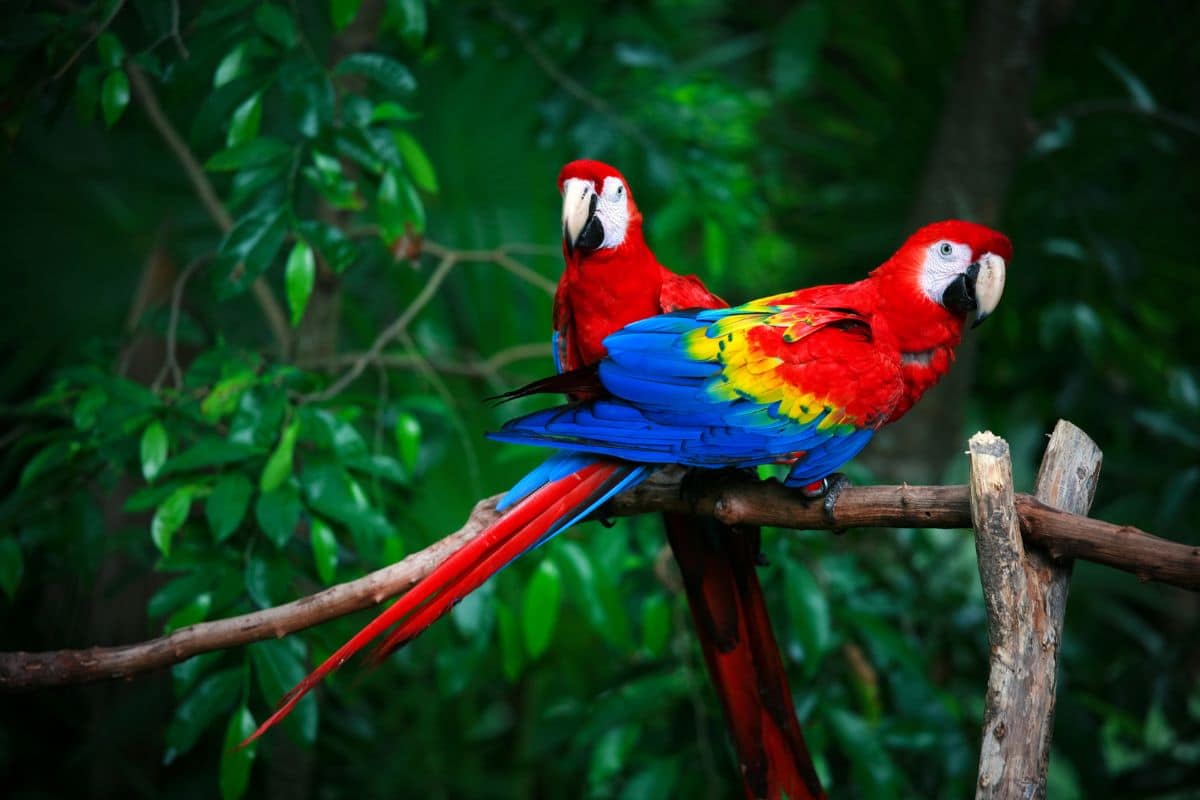
Scarlet macaws spend their long, colorful lives together, preening each other and their young. They wait to have new chicks until the ones they already have fledged and are living independently.
10. California Condor
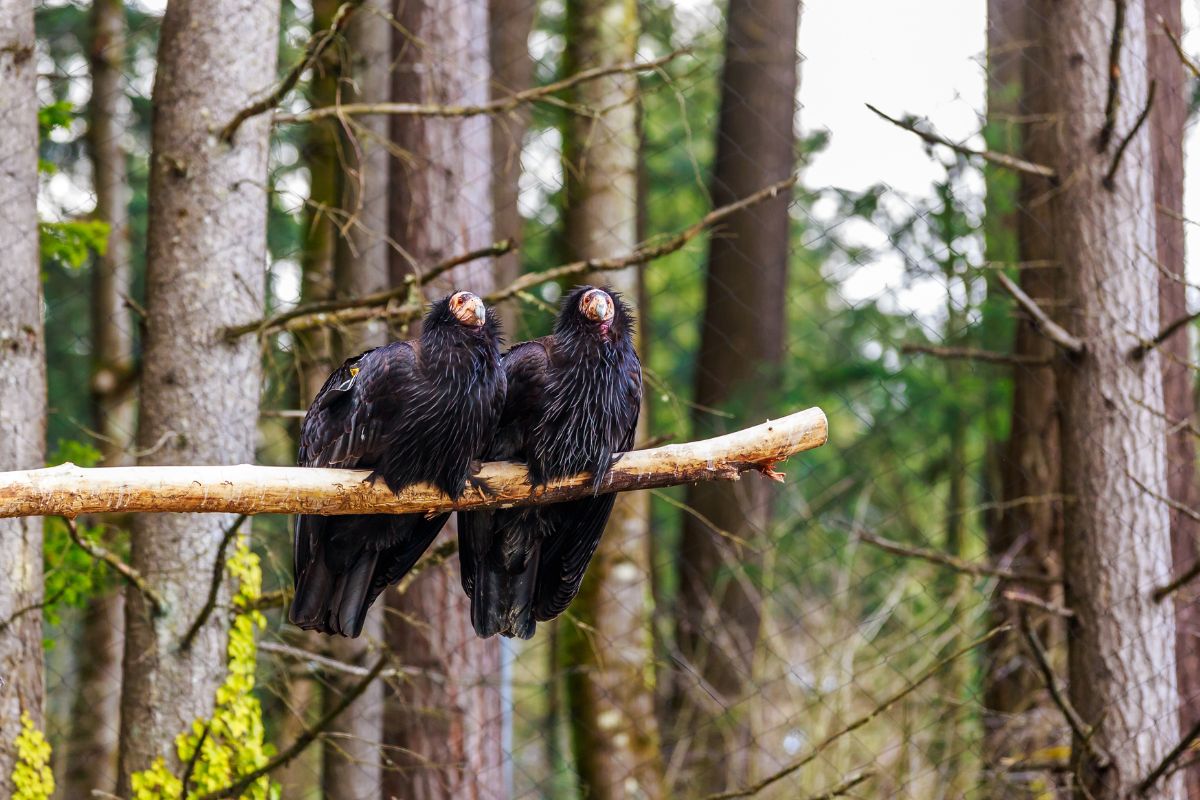
This highly endangered bird doesn’t breed until around six to eight.
The California condor’s mating ritual involves the male taking the female to different possible nest locations it knows about, showing the female potential homes for them and their young. The female decides if she wants him and where they’ll live.
11. Laysan Albatross
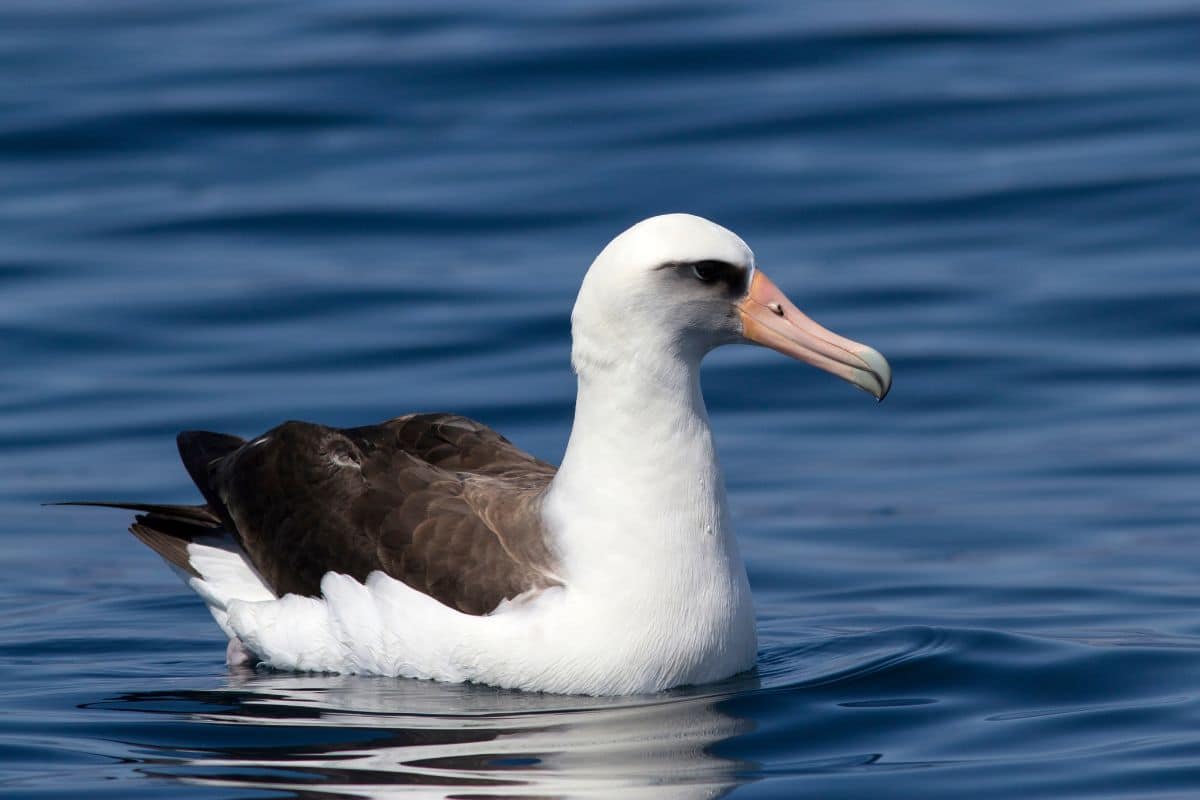
Waiting to breed until they are eight or nine, the Laysan albatross find each other through a courtship dance, which they repeat annually during the breeding season to refasten their bond.
Widowed albatrosses wait a year or two before finding new mates.
Do Birds That Mate for Life Cheat?
Yes. Even monogamous birds that mate for life cheat. The primary instinctual goal for birds, as for most animals, is survival and survival of the species.
By cheating and mating with other males, females help to ensure genetic diversity in their species. It has been found that birds with genetically close mates are more likely to cheat.
Female birds also can influence the fertilization of eggs. Often, females will fertilize an outsider mate’s eggs first and then her partner’s to give them a head start, affecting both genetic diversity and survival rates.
Which Bird Is Loyal to Its Partner?
Some birds are more loyal to their mates than others. Even among the most faithful species, it seems at least a small percentage of them cheat.
The most loyal birds include the following:
- Atlantic Puffin
- California Condor
- Lovebirds
- Rockhopper Penguin
- Laysan Albatross
- Owl
Do Birds Mate With Their Parents?
Birds are sensitive to ensuring genetic diversity and survival and tend not to inbreed in the wild. Mothers will not mate with their sons.
Fathers will not mate with their daughters, though, they will sometimes mate with their sons’ partners. Siblings have also been known to mate when there are no other options.
Conclusion
Everything birds do concerning mating, from mating displays to mating selection and monogamy, is in the interest of the survival of their offspring and their species. Sometimes the survival of birds means even those known for their monogamy will cheat.
